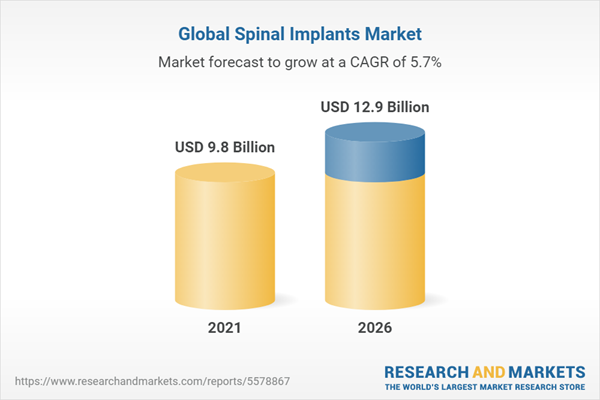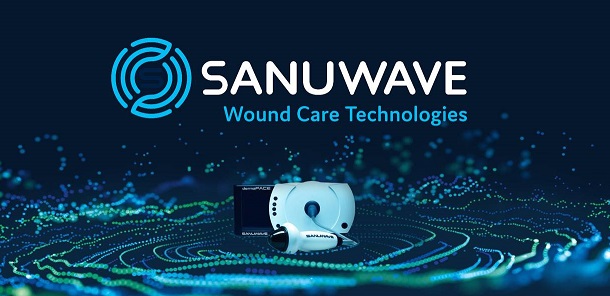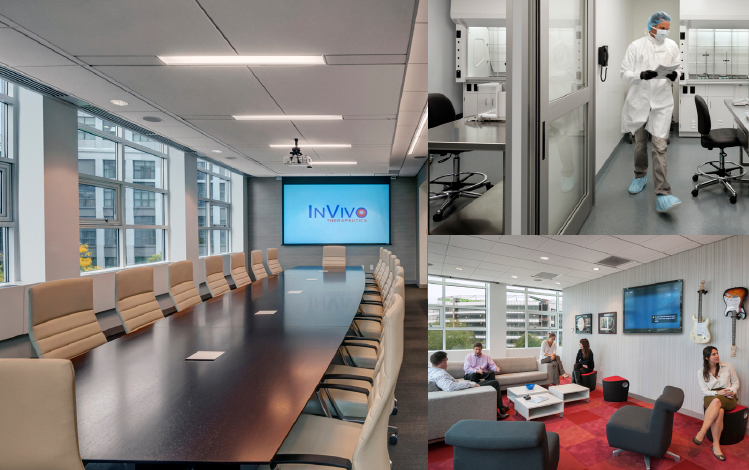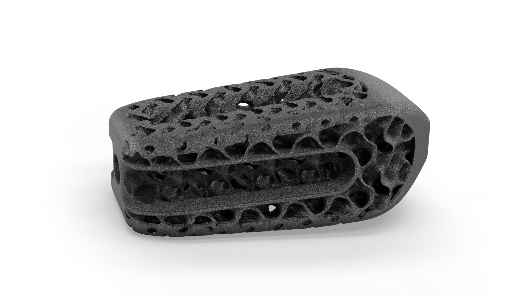Dublin, June 07, 2022 (GLOBE NEWSWIRE) — The “Spinal Implants: Global Markets” report has been added to ResearchAndMarkets.com’s offering.
This report examines the current and forecasted market potential for spinal implants. It offers a detailed analysis of the market background, technological advancement, competitive environment, drivers and restraints and market growth trends.
This report includes market projections through 2026, detailing the market share for spinal implants based on the product and material type. By product, the spinal implants market is segmented into fusion and non-fusion implants. By material type, the spinal implants market is segmented into titanium, stainless steel, polyetheretherketone (PEEK) and others.
Spinal problems are increasing rapidly, mainly due to sedentary lifestyles and other postural and physical habits. Non-surgical procedures can treat most spinal problems, but sometimes surgery is the only option that includes the use of specially designed spinal implants. These implants can reduce pain, correct deformities, improve neurological defect and stabilize the spine.
Conditions that require spinal implants include degenerated disc, disc slip, spinal tumor, fracture of the vertebrae, spondylosis, posterior rami syndrome and spinal instability like kyphosis and scoliosis. In the cervical spine, the most common problems are compressed nerve roots or herniated discs. In the lumbar spine, scoliosis and kyphosis are common issues. Spinal implants can correct all these conditions.
These categories seek to restore spinal stability compromised from fracture, deformity, injury or some surgical removal of all or a part of spinal structures to relieve pain via decompression of an impinged nerve. The principle behind reaching stability restoration differs between the two categories of devices.
Fusion restores stability by encouraging bone growth in the compromised spinal segment, often with additional aid from instrumentation. The fused bone part is limited in movement, which theoretically reduces pain. Non-fusion or motion-preservation implants aim to restore stability by replicating the spine’s inherent functional properties, including a natural range of rotation and motion.
Fusion implants remain the gold standard of care in spinal surgery. They generate the overwhelming majority of revenue, medical expenditure and surgical procedures involving implanted devices. The nonfusion segment represents technologies that have gained foothold in Europe and have emerged from investigational use into the global commercial market space.
Minimally invasive surgeries have garnered significant attention because they improve patient recovery and reduce surgical costs associated with the treatment of spinal conditions. Specialized techniques and tools are allowing traditional surgical approaches for fusion and non-fusion procedures to be adapted to lessen the invasiveness of treatment.
By geography, the spinal implants market has been segmented into Europe, North America, Asia-Pacific (APAC) and the Rest of the World (RoW). The detailed analyses of major countries such as the U.S., Germany, Canada, the U.K., Spain, Italy, France, Japan, India, and China are regional segments.
For market estimates, data is provided for 2020 as the base year, 2021 and forecast through year-end 2026. Estimated values used are based on total revenues of spinal implant companies. Projected and forecast revenue values are in constant U.S. dollars and have not been adjusted for inflation.
Report Includes
- Estimation of the market size and analyses of global market trends, with data from 2019, 2020, 2021 and projections of compound annual growth rates (CAGRs) through 2026
- Characterization and quantification of market potential for spinal implants by product, type, and region
- Information on technological advancements of the industry and stringent regulatory scenarios
- Identification of market drivers, restraints and other forces impacting the global market and evaluation of current market trends, market size, and market forecast
- Market share analysis of the key companies of the industry and coverage of events like mergers & acquisitions, joint ventures, collaborations or partnerships, and other key market strategies and a relevant patent analysis
- Company profiles of major players, including B Braun Melsungen AG, DePuy Synthes, Globus Medical Inc., Medtronic, Stryker Corp, and Zimmer Biomet
Key Topics Covered:
Chapter 1 Introduction
Chapter 2 Summary and Highlights
Chapter 3 Spinal Implants: Market Background
- Spinal Anatomy
- Spinal Column
- Neural Elements
- Supporting Structures
- Common Spinal Conditions
- Back Pain
- Abnormal Spinal Curvatures
- Spinal Tumors
- Injury
- What Spinal Implants Do
- Need for Spinal Implants
- Surgery Types and Spinal Implants
- Anterior Lumbar Interbody Fusion (Alif)
- Posterior Lumbar Interbody Fusion (Plif)
- Transforaminal Lumbar Interbody Fusion (Tlif)
- Direct Lateral Lumbar Interbody Fusion
- Axial Lumbar Interbody Fusion (Axialif)
- Pros and Cons of Spinal Implants
- Pros
- Cons
Chapter 4 Spinal Implants: Market Dynamics
- Market Drivers
- Growing Number of Minimally Invasive Spine Surgical Procedures
- Spine Disorders
- Technological Advancements
- Rapid Growth of the World’s Aged Populations
- Market Restraints
- Reimbursement Cuts
- Stringent Regulatory Scenario
- Expensive Treatment Procedures
- Increased Number of Implant Recalls
Chapter 5 Impact of Covid-19 Pandemic
- Outbreak
- Impact of Covid-19 on Spinal Implants
Chapter 6 Market Breakdown, by Product
- Fusion Implants
- Market Size and Forecast
- Market Analysis
- Non-Fusion Implants
- Market Size and Forecast
- Market Analysis
Chapter 7 Market Breakdown, by Material Type
- Introduction
- Titanium
- Market Size and Forecast
- Market Analysis
- Stainless Steel
- Polyetheretherketone (Peek)
- Others
Chapter 8 Market Breakdown, by Region
- Introduction
- North America
- U.S.
- Canada
- Europe
- Germany
- U.K.
- France
- Italy
- Spain
- Rest of Europe
- Asia-Pacific
- Japan
- China
- India
- Rest of Asia-Pacific
- Rest of the World
Chapter 9 Competitive Landscape
- Global Company Share Analysis
- Mergers and Acquisitions
- Agreements, Collaborations, Product Launches, Achievements and Partnerships
Chapter 10 Company Profiles
- B. Braun Melsungen AG
- Depuy Synthes (J&J)
- Globus Medical Inc.
- Lepu Medical Technology (Beijing ) Co. Ltd.
- Medtronic
- Nuvasive
- Stryker Corp.
- Zimmer Biomet
For more information about this report visit https://www.researchandmarkets.com/r/l1jum8









